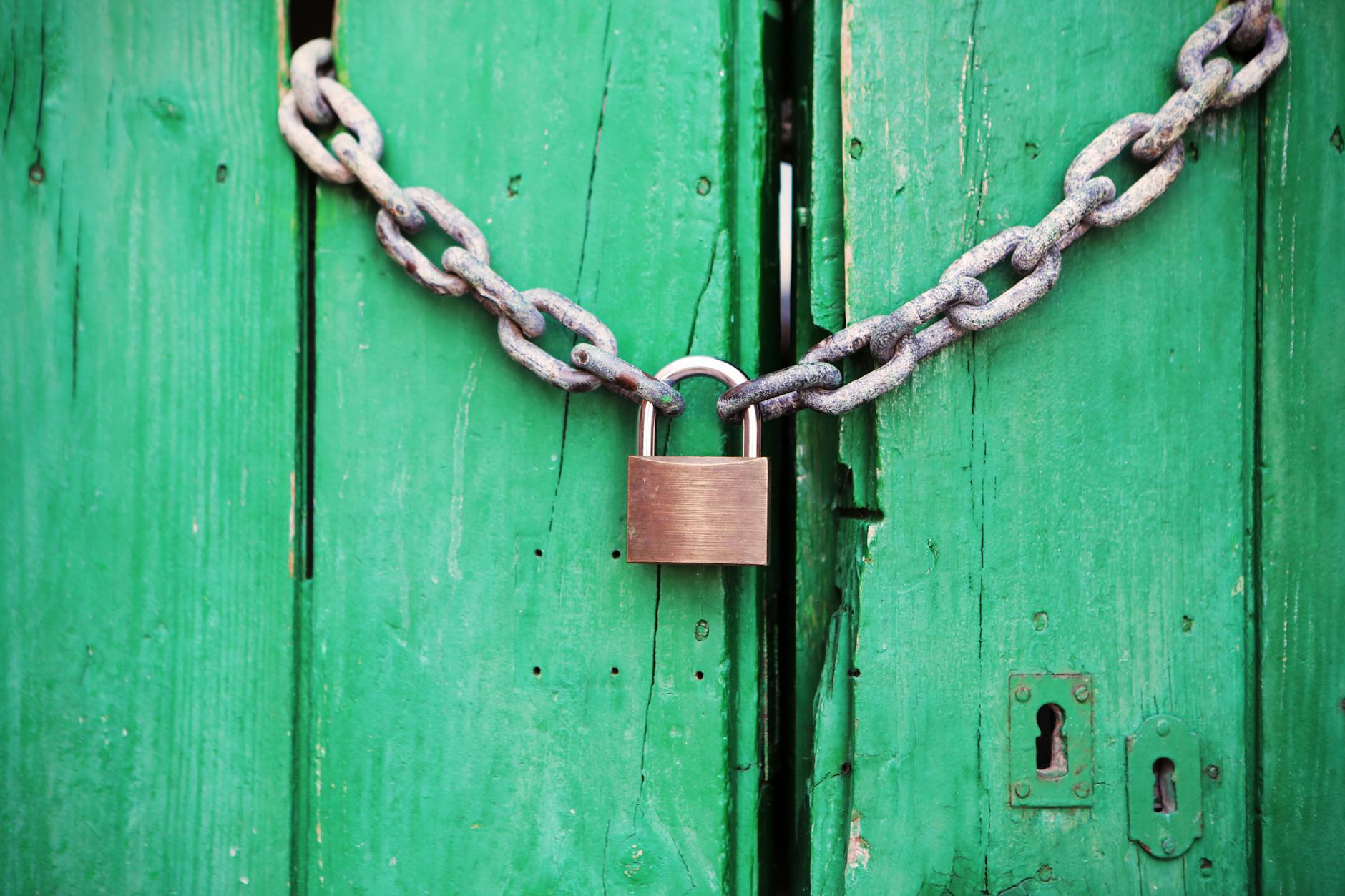!>http://www.trustedreviews.com/images/article/summary/8006.jpg! Well, unless you are going for a pro-grade compact camera like the soon to launch $500 Panasonic Lumix DMC-LX3, probably your main criteria is being small and OK pictures which is what you are going to get. Overall, it is interesting how cameras have not improved much from my trusty “SD500”:http://www.dcresource.com/reviews/canon/powershot_sd500-review/ and Fuji “F11 and F10″:http://www.dcviews.com/reviews/Fuji-F11/Fuji-F11-review.htm. To set the basis, the SD500 is 3.4×2.2×1.0″ or 7.5 cu in and 170 grams with 3x F/2.8-4.9 zoom with 1/2.5″ sensor at 7MP and works at ISO100 and 2″ LCD while the F11 is 6MP and shoots well at ISO400 with a 2.5” screen.
Personally, I’d probably get the bulkier model with the better lense, but these are a pain to carry. So if you don’t like your 2MP camera phone, here are purse size choices. The image quality is pretty much identical, so it comes down to weight. The two choices are the Canon which is kind of the trusty dusty. I also looked that DMC-FX35, but it has noise problems. Other cameras in this range are pretty much ordinary. Canon is a little more expensive, but they are reliable. We’ve had an SD500 for years.
As an aside, both DCResources and “Trusted Reviews”:http://www.trustedreviews.com/digital-cameras/review/2008/09/15/Sony-Cyber-shot-DSC-T77/p1 seem to do the best technical job on image quality, but DCResources unfortunately doesn’t test too many compacts. “Imaging Resource”:http://www.imaging-resource.com/WB/WB.HTM has a good set of picks that are little dated, but useful. He likes the Panasonice Lumix DMC-LX2, but doesn’t mention the LX3 is coming out next month. Has the SD870 as well.
The hard part is that are so many “announcements”:http://dcviews.com/cameras/camera_news.htm all the time. You really have to check the new camera section of DCViews daily. Also there is really no difference in image quality between 8-12MP (or really 5-12MP because it is all about the lense really), so here are the picks. The main issue is the lines of cameras are really confusing. Only way to figure it out is to do a sort on “Panasonic”:http://www2.panasonic.com/webapp/wcs/stores/servlet/vModelList?storeId=15001&catalogId=13401&catGroupId=75047&langId=-1&surfCategory=null&cacheProgram=11002&cachePartner=7000000000000005702&isSeo=true&orderBy=price home site to see what is going on.
h3. Canon
Canon sells lots of these cameras and compared to say an older SD500, the main difference is image stabilization and face detection. The image quality is roughly the same, but pixel count is higher. It is kind of the default choice. I like the 3″ screens and don’t think you need an optical viewfinder in normal shots anymore.
Actually Canon has three distinct choices in a confusing model line. There is the SD1100 (the SD770 is the same but with 10MP, so I’d just get the 8MP one), which has a 2.5″ LCD and is the samllest at 125-130g and 3.4×2.2×0.9iun. The rest of the Canons are 3.6-3.8 inches, so a little bit larger and 30 grams (or one ounce heavier). These tradeoff the 2.5″ smaller screen for an optical viewfinder which better in the sun. The main drawback is that like all Canon’s it is really only an ISO 100 camera in low light and in bright light, it works to ISO 200.
So the top picks in the family are:
# “Canon Powershot SD790”:http://www.dcresource.com/reviews/canon/powershot_sd790-review/ (“Imaging Resource”:http://www.imaging-resource.com/NEWS/1220662551.html). It is 10MP, 3x zoom, image stabilized and has a 3″ LCD. The lense really hasn’t changed since the SD500 is is 35-105mm F2.8-4.9 3x zoom but there is no optical view finder and the dimensions are 3.5×2.2×0.8 and 155g without the battery and is 6.3 cu in. It is fine in bright light at ISO 100 (just like the SD500). In low light, it is basically usable only with small prints with noise at ISO 100 (makes sense, compared with the SD500, there are lots more pixels and the sensor is smaller). It odes have barrell distortion and vignetting as well as blurry corners. In bright light, it is good through ISO200. It doesn’t have HD movies like the DMC-FX35, but it doesn’t have noise either 🙂
# “Canon Powershot SD870 IS”::http://www.dpreview.com/reviews/canonsd870is/ the SD790 is confusingly the 10MP version while the SD870 is the 8MP, “Imaging Resource”:http://www.imaging-resource.com/PRODS/SD870IS/SD870ISA.HTM, “Camera Labs”:http://www.cameralabs.com/reviews/Canon_PowerShot_SD870_Ixus_860IS/outdoor_results.shtml). This is the same as most of the other models but has a 3″ LCD and no optical view finder. Dimensionally it is 3.6×2.2×0.8″ and 155 grams. These cameras have really improved their screens, so no optical is probably not that bad and 3″ is really great. It does quite a bit of in camera sharpening. In the lab, it is about 1950 lph in resolution, but again, noise is the real issue with all these cameras. It is nice that it has a 28mm semi-wide angle lense. The nice thing is that the screen is actually really good. It does have 1.1% (which is alot) of barrell distortion in wide angle but it does start at 28mm rather than 35mm.
# “Canon Powershot SD1100”:http://www.dpreview.com/reviews/canonsd1100is/ (“DCResource”:http://www.dcresource.com/reviews/canon/powershot_sd1100-review/. The main problems are the image quality isn’t so great, there are moire and other sharpetning artifacts. Resolution is 1625lph. Like all cameras, there is highlight clipping that is about average and the image quality is OK. Keep it at ISO 100 or 200 at most.
h3. Panasonic
“Panasonic Lumix DMC-FX35”:http://www.trustedreviews.com/digital-cameras/review/2008/06/27/Panasonic-Lumix-DMC-FX35/p1. (“Imaging Resource”:http://www.imaging-resource.com/PRODS/FX35/FX35A.HTM “Camera Labs”:http://www.cameralabs.com/reviews/Panasonic_Lumix_DMC-FX35_FX36/, “Digital Camera Review”:http://www.digitalcamerareview.com/default.asp?newsID=3389, “Steve’s Digcam”:http://www.steves-digicams.com/2008_reviews/panasonic_fx35.html is the top choice. As a another example of false innovation, the FX37 just shipped and is 5x zoom which is nice, but the lense quality is way lower, so this is a 4x which works better and is cheaper too! It has a 28mm equivalent lense which is great. Wide angle is way more important that zoom. It like all the cameras noted here have OIS. It also shoots 720p movies. High lense quality and ISO 200 is the maximum. Compared with the very good quality Fuji F30 which in terms of image quality alone even at 6MP is still the benchmark (like the F10 and F11 I have). Interesting to see how in a “side-by-side”:http://www.cameralabs.com/reviews/Panasonic_Lumix_DMC-FX35_FX36/outdoor_results.shtml the two cameras had nearly identical resolution, so it ain’t about megapixels with these tiny lenses. It is about 2100 lph. It is really an ISO 100 camera with going to 200 ok. (Makes me just want to buy a used F30!). Its incamera sharpening is relatively soft (I personally like that). It is really great to get 25-100mm equivalent and the HD, but sadly the noise at ISO 100 makes it really impossible to buy.
Here is how the Panasonic model line works. The different models are confusing. LX seems to be for the top end and there is FS and LS at the low end, but in the middle the FX seems to be one under the LX line, FS means more stylish FX, FZ seem to be for EVF “bridge” cameras superzooms right below dSLRs and TZ seems to be travel size or very small.
# DMC-LX3. This is their top of the line $500 camera that has 10MP, but most importantly a F/2.0-F/2.8 lense. It is big though.
# DMC-FX150. 15MP so I’m betting at $400, it is 28mm and has a big zoom, so probably more of a megapixel war camera without really good quality
# “DMC-FX500”:http://www.cameralabs.com/reviews/Panasonic_Lumix_DMC_FX500_FX520/ this is like the FX35 mechanically, but has a touch screen and has full manual controls which is pretty great. For all that it is fatter than the FX35
# “DMC-FZ28”:http://www.trustedreviews.com/digital-cameras/review/2008/08/22/Panasonic-Lumix-DMC-FZ28/p1. This is really an EVF camera this is large and heavy and a competitor to low-end dSLRs. At 10MP with an amazing 18x optical zoom it is pretty decent, although if you want something like this you should probably wait for the micro-4/3rd camera.
# DMC-FX37 and DMC-35. 5x and 4x zoom respectively but main feature is a true 25mm wide angle. The FX35 is actually better because zooming really hurts image quality on the FX37. Main drawback is the 2.5″ LCD and like all cameras in this range, it has poor low light performance and noise, but no worse than usual given the huge sensor density. As an aside, the APAC models of these are the FX38 and FX36 respectively. Competitively, imae quality is close the SD870 but it has a bigger screen.
# “DMC-TZ5”:http://www.trustedreviews.com/digital-cameras/review/2008/08/27/Panasonic-Lumix-DMC-TZ5/p1 and “dpreview”:http://www.dpreview.com/reviews/panasonictz5/ is big and heavy at 240g, but it means it is durable. The TZ although bigger uses the same sensor as the FX35. It has a 10x zoom and a 3″ screen that has 460k dots vs the 230k in the FX35. DPReview does not that there is quite a bit of shadow noise as did Trusted Reviews for the FX-35. Most of the time, you want to underexpose shots as the TZ5 and the other cameras in this line hightlight clip quite a bit. About 1/3 to 2/3 an EV.
h3. Best image quality in retro Fuji
Ironically, the “Fuji F30″:http://www.dpreview.com/reviews/fujifilmf30/ which is only 6MP is probably still the best quality camera around for the size. It has a 2.5″ screenwith 230 pixels vs the lower resolution 2.5″ of the F10 and F11. It is also huge at 3.6×2.2×1.1 and 195 grams, but the sensor is amazing 1/1.7” Super CCD HR. It is even cleaner than the F10 at ISO 400 which is pretty darn amazing. Note that the newer Fuji F50 as so forth don’t use this great sensor, so their quality is no better than average. It doesn’t have nifty features like image stabilization and is much fatter, but otherwise, its a great high quality camera. Hard to find anything better just from an image POV at the $250 street.
h3. Other brands
There are a host of other brands but most don’t have the image quality:
# “Casio Exilim EX-Z200”:http://www.trustedreviews.com/digital-cameras/review/2008/07/23/Casio-Exilim-EX-Z200/p1 which is their first image stabilized model. It shoots to ISO 200, but thre is a problem with blurring at frame corners at wide angle.
# “Sony Cyber-shot DSC-T77”:http://www.trustedreviews.com/digital-cameras/review/2008/09/15/Sony-Cyber-shot-DSC-T77/p3. Really ultracompact. It is too bad the picture quality is so poor. Main issues are the JPEG artifacts because they have the compression turned on way too high. It is a folded lense design so that makes it look cool visually even if image quality is just OK.






One response to “Final decisions on ultracompact cameras: Panasonic Lumix DMC-FX35 vs. Canon Powershot SD790 IS”
Perfect timing. My Canon S400 finally kicked the bucket last weekend and I probably was due for an upgrade anyway.
I think megapixel increases without corresponding resolution increases are a strong negative – I have no desire to tote around the larger images that result.
So it seems either the F30 (not sold by Amazon =( or maybe the Canon SD-790.